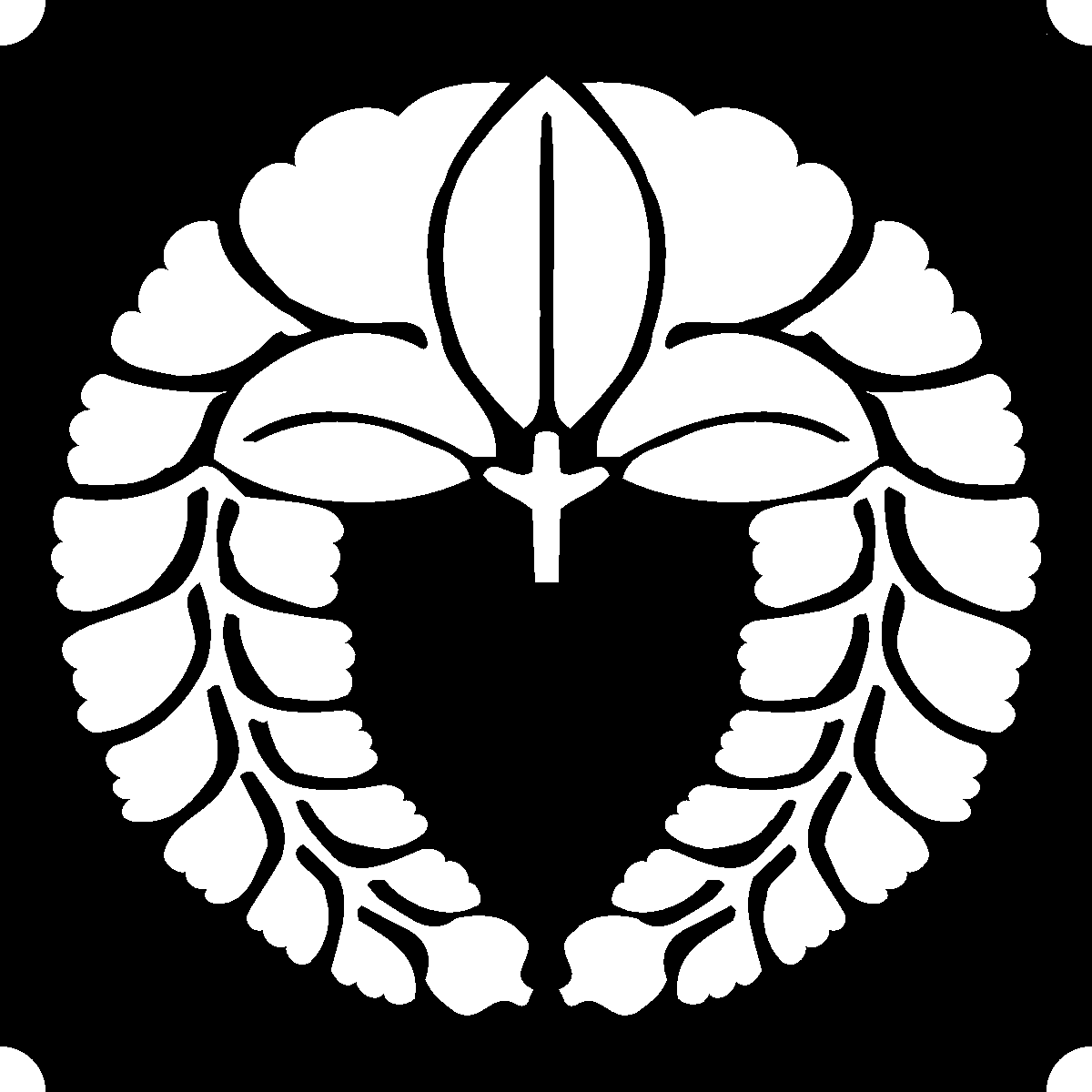

About 4000 islands form the Japanese archipelago and the four largest island that the most Japanese people have lived are : Hokkaido, Honshu, Shikoku and Kyushu.
The Japan’s geography has both advantages and disadvantages. Southern Japan enjoys a mild climate with plenty of rainfall which is perfect condition for agriculture. But this country only about 12 percent of the land is suitable for farming. And the Natural resources(coal, oil and iron) are in short supply. During the later summer, there are typhoons occur. Earthquakes and tidal waves are also threats.


The Japanese began to have more and more contact with mainland Asia during the 400s.Buddhism was one of the most important influences brought by Korean travelers. Japanese imperial court officially accepted Buddhism in Japan.As soon as Buddhist ideas and worship had spread through Japanese society. The Japanese, however,did not give up their Shinto beliefs, they mixed some of the Shinto and Buddhism together.
JAPAN

Japanese adopted the Chinese system of writing which help they to develop the education and they also learned the Chinese styles in the simple arts of everyday thing(such as cooking, gardening and tea ceremony). Shotoku planed a strong central government and introduce China’s civil-service system like that of the Tang rulers. However, this attempt failed. Unlike China, Japan continued to be a country where a few great families held power.In the late ninth century, Although Chinese cultural influence would remain strong in Japan, Japan’s own culture was about to bloom.
Yamato (400-794)

Around A.D. 400s, the yamato established itself as the leading clan. The Yamato chiefs called themselves the emperors of Japan, even though they did not control the entire country. The Yamato claimed to be descended from the sun goddess Amaterasu. And the dynasty was never overthrown. Japan had both an emperor who served as a figurehead and a ruling power who reigned behind the throne.
This dual structure became an enduring characteristic of Japanese government.
Heian period(794-1185)
In the late 700s, the imperial court moved its capital from Nara to Heian, the modern Kyoto. Among the upper class in Heian, a highly refined court society arose. Gentlemen and ladies of the court filled their days with elaborate ritual and artistic pursuits.Rules dictated every aspect of court life. Etiquette was also extremely important.


Murasaki Shikibu

The best accounts of Heian society come from the diaries, essays, and novels. one of the best writer was Lady Murasaki Shikibu, The Tale of Genji, is considered the world’s first novel.
For most of the Heian period, the rich Fujiwara family held the real power in Japan. However, the central government and the Fujiwaras began to slip about the middle of the 11th century.
Large landowners living away from the government regulation set up their own armies. The countryside became lawless and dangerous. For protection the small landowner traded their land to strong warlords. With more land, the lords gained more power. This marked the beginning of the feudal system of localized rule.

Samurai

Since wars started, each lord surrounded himself with a bodyguard of loyal warriors called samurai. they believe the dying an honorable death was judged more important than living a long life. Early samurai protected local aristocratic landowners. In the late 1100s, however the warrior class national power and dominated Japanese government until 1868.
Kamakura Shogunate
(1192-1281)
During the late 1100s, two most powerful clans fought for power, Minamoto family emerged victorious. In 1192, the emperor gave a Minamoto leader named Yoritomo the title of Shogun. Even though the emperor still reigned from Kyoto, the real center of power was at the shogun’s military headquarters at Kamakura. The Kamakura shoguns were strong enough to turn back the two naval invasions sent by the great Mongol ruler Kublai Khan in 1274 and 1281. However, the Japanese victory over the Mongols drained the shoguns’ treasury. Loyal samurai were bitter when the government failed to pay them. The Kamakura shoguns lost prestige and power.
"Japan Satellite Maps." LeadDog Consulting. N.p., n.d. Web. 08 Mar. 2016.
"Monk in Maruyama Park (Kyoto, Japan)." Flickr. Yahoo!, n.d. Web. 08 Mar. 2016
"Otaku." Zangyo Ninja. N.p., n.d. Web. 08 Mar. 2016.
"Sei Shonagon's Pillowbook." Prezi.com. N.p., n.d. Web. 08 Mar. 2016.
"Ploutoss.com." Ploutosscom. N.p., n.d. Web. 08 Mar. 2016.
"Tale of Genji." Tale of Genji. N.p., n.d. Web. 08 Mar. 2016
"HYUGA PROVINCE." Hyuga. N.p., n.d. Web. 08 Mar. 2016.
"The Rise of the Samurai Class in Japan." By Jinicheduardo. N.p., n.d. Web. 08 Mar. 2016.